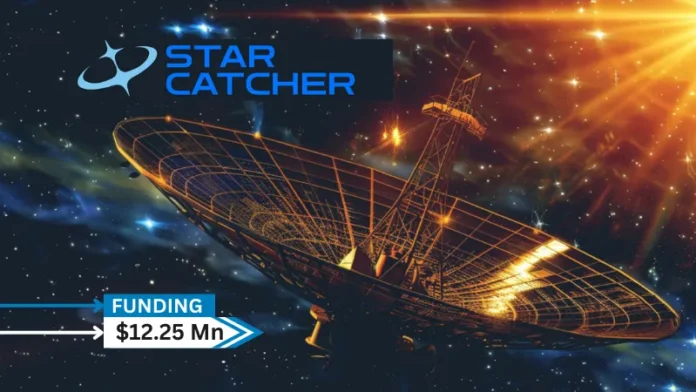
Star Catcher Industries, the pioneer in space-based energy generation, announced the closing of its $12.25M seed round. Initialized Capital and B Capital co-led the round, with meaningful participation from Rogue VC. With this funding, the Company is positioned to help eliminate power constraints on space operations through the construction of its Star Catcher Network, the world’s first space-based energy grid.
Read also – [Funding News] Lakera Raises $20 Million Series A Funding
With this seed funding, Star Catcher’s immediate focus will be on validating and demonstrating its power beaming services for customers, beginning with ground demonstrations, followed by an on-orbit demonstration in late 2025, and deployment of commercial service. Once deployed, satellite operators can shift to a shared infrastructure mindset, where power consumption will not be constrained by what satellites bring with them.
Read also – [Funding News] CA-based Joy Raises $10 Million Seed Funding
Once constructed, the Star Catcher Network will be a first-of-its-kind energy grid able to beam significant levels of broad spectrum energy to spacecraft in Low Earth Orbit (“LEO”) and beyond. The network will deliver energy on demand and at higher concentrations of energy than the Sun to the existing solar arrays of client spacecraft enabling them to generate up to five to ten times the amount of power they would generate otherwise without retrofit.
Bryan Lyandvert is a well-known space investor with extensive experience in early stage investing and capital formation from his time at MetaProp Ventures and T-Bird Capital. Earlier in his career, Lyandvert worked at Amazon, managing a multi-hundred-million-dollar wearables and emerging technology P&L.
“Power infrastructure is the foundational building block of civilization and industry; our goal is to expand that foundation into LEO and beyond with our in-space power grid and service,” said Andrew Rush, Co-Founder, President, and CEO of Star Catcher. “Being able to buy power for your spacecraft whenever and wherever you need it in LEO will expand opportunity and accelerate humanity realizing the potential of the second golden age of space.”
Star Catcher has made significant technical progress in developing its constellation and has achieved early traction, securing more than half a dozen letters of intent from commercial space companies spanning the remote sensing, national security, human habitat, and telecommunications verticals.
“Most any maturing sector requires solid, dependable, ubiquitous infrastructure to really take off. We’re confident Star Catcher will do for orbital power what SpaceX has done for launch. They’re a proven, veteran commercial space team executing on an audacious vision at high speed. What they’re building has the potential to transform the economics, capabilities, and even configuration of most everything we put into orbit,” says Andrew Sather, Principal at Initialized Capital.
About Star Catcher
Star Catcher Industries, (Star Catcher) was founded in 2024 by multiple time successful space entrepreneurs Andrew Rush and Michael Snyder and experienced VC and operator Bryan Lyandvert to eliminate power constraints on satellites and other spacecraft by constructing the Star Catcher Network: the world’s first space-based energy grid.
Star Catcher’s proprietary power beaming technology will beam power to other satellites in space as a service, enabling client spacecraft to use their existing solar arrays to receive more power, more consistent power, and higher concentrations of power in order to increase capability and uptime as well as reduce upfront spending and overall mission cost.



